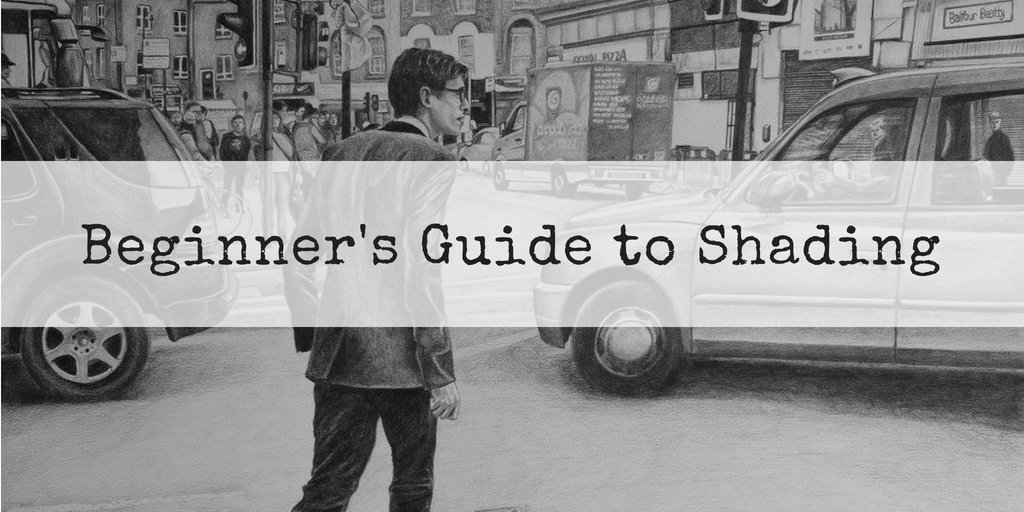.jpg)
Hi Steemians, happy weekend!
So, as promised, I wanted to do a "how-to" post on drawing. As many of you will have seen on this post, I moonlight as a pencil artist, and have been working on pets and portraits since 2015.
I've been asked how to start drawing, and when you're faced with someone's finished piece, I know just how daunting starting the journey can feel. And this is why I wanted to do a bit of a "how-to" series as I think about the tools and exercises that help me as I work.
As with everything, when I considered and planned this post in my head, it was shiny and perfect, with a professional looking video and photos. Alas, I have old kit, a dodgy camera-phone for capturing footage, and editing isn't my strong point. But I figured:
Practise, not perfection!
And this should be our motto for this whole series.
Before watching the video, I can tell you exactly what tools you will need:
- a piece of paper. Preferably cartridge paper for drawing, but to be honest you can practise on any old paper.
- a pencil. I'm using a 2B
- a compass, or something round to draw around
- a pencil sharpener
- (definitely) some patience and (possibly) a sense of humour
Have a watch- I'll detail the steps below along with a few pointers:
Steb By Step
- draw a circle
- mark the centre point
- divide the circle up into quarters using 2 wavy intersecting lines both lengthways and crossways
- using tiny circilar motions with the pencil, shade the large sections as dark as possible at the outer edges to as light as possible to the centre- making the transitions in the shading as smooth as possible.
- using tiny circular motions, shade the narrow sections between the wavy lines from as dark as possible at the centre to as light as possible at the outer edges of the circle.
- reppeat hundreds of times, with ample patience, experimenting with different papers, pencils and even shapes and sizes of circle - adding extra segments if desired.
I use this simple exercise to:
1. get a feel for a new type of paper before starting on a project.
2. get a feel for the range of values possible with a specific pencil.
3. get my hand warmed up and my 'eye in' after a break from drawing.
4. Build up my patience.
A note on tools:
Paper
Experiment with a range of papers. This is Windsor and Newton's Fine cartridge paper - it's the surface I currently favour for my portraits as I can get fine shading as well as detailed line work onto it. But- I could easily practise this exercise on plain printer paper. It wouldn't take as much graphite, but it gives you a different kind of practise with the pencil
Pencil
I use 2B and 4B pencils in my drawings. When you're practising this- I urge you to experiment with how much range you can get from a single pencil before combining more that one. It helps you to get to know what's possible before heading into a complex drawing.
Ego
I find this a really good exercise for switching my ego off, and my eyes on. I have completed hundreds, if not thousands of these over the years. The end result on the paper isn't important- it's what you learn as you go along that is.
And that's it! I hope you find this useful. Any questions, please do give me a shout. I'd love it if you shared your attempts in the comments.
See you soon,
Eveningart x!


